It has been months since people all over the world despite their age, profession or anything, are stuck in their homes, even though it has only been months everyone literally felt it like years. So the population regardless of their age, profession, caste, beliefs only has 1 thing to pray that is the cure for COVID 19. In spite of all this, parents all over the world were at ease thinking that their children are the least affected by this deadly virus. But recently several cases were noted where children with COVID positive showed symptoms of Kawasaki disease or mucocutaneous lymph node syndrome.
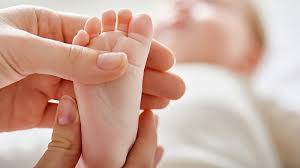
WHAT IS KAWASAKI DISEASE?
Kawasaki disease or mucocutaneous lymph node syndrome is a disease condition that causes swelling and redness in blood vessels throughout the body, it mainly affects the children under 5 years of age. It is a rare disease and it was first described by Tomisaku Kawasaki in Japan in 1967.

SIGNS AND SYMPTOMS
This disease usually happens in three phases however the most prominent sign is a lasting fever. The three phases can be stated as
- ACUTE PHASE
- SUBACUTE PHASE
- CONVALESCENT PHASE
ACUTE PHASE
It usually lasts for 14 days, this phase is characterized by
- High fever of 101F that does not subside even after taking the medications.
- Rashes between chest, legs, genital area.
- Swelling and redness of hands and feet.
- Red eyes, irritated throat mouth, and lips.
- Swollen glands especially in the neck.
- Strawberry tongue (swollen bright red tongue).

SUBACUTE PHASE
This phase typically begins from the end of fever and lasts till day 25. It is indicated by:
- Belly pain
- Joint pain
- Peeling of skin on hands and feet.
- Nausea and vomiting.
CONVALESCENT PHASE
When physical signs disappear this phase begins and lasts till the blood tests become normal and lasts for 6-8 weeks after the onset of illness.
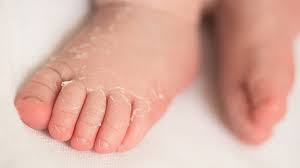
The inflammation due to this disease can cause damage to the child’s heart mainly the coronary arteries which supply blood to the heart. Along with this, as stated earlier it can cause problems with the child’s lymph nodes, lining of mouth, nose, and throat and can also affect the skin.
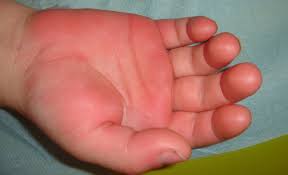
It mainly affects boys rather than girls when compared. Whereas the exact cause for the disease is not yet found, it can very well be related to various viruses, bacteria, or anything that can act as a predisposing factor around the child like any type of chemicals, irritants, toxins, etc… , it can also be genetic.
DIAGNOSIS
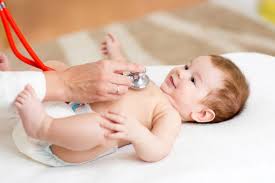
Diagnosis of Kawasaki disease is usually done through ECG and echocardiography which displays any symptoms like myocarditis ( inflammation of the heart muscle myocardium), pericarditis ( inflammation of the fibrous sac surrounding the heart that is the pericardium .), arthritis ( inflammation of one or more joints), aseptic meningitis ( inflammation of meninges ).
TREATMENT
Kawasaki disease can be treated and cured effectively but if left untreated it can lead to serious complications. The possible treatment for Kawasaki disease include :
ASPIRIN
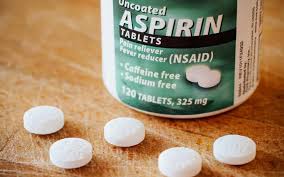
It is an NSAID (Non-Steroidal Anti- Inflammatory Drug), usually, aspirin is not indicated to be given to children under 12 years of age as it can cause Reyes syndrome, this is one of the exceptional cases where aspirin is used in children.
It can be used to relieve pain and discomfort, also it helps reduce high temperature, aspirin acts as an antiplatelet at low doses and anti-inflammatory at high doses.
The dose prescribed depends upon the symptoms and severity of the child’s condition, generally, first, they will be prescribed with high dose aspirin and after the fever subsides they will be given low dose aspirin until 6-8 weeks after the start of their symptoms, thereby reducing the blood clots in the blood vessels that supply blood to the heart if any.
INTRAVENOUS IMMUNOGLOBULIN
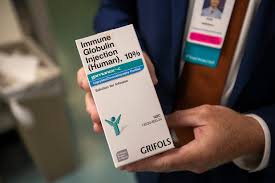
Intravenous immunoglobulin or IVIG is a solution of antibodies taken from healthy donors injected intravenously, it will reduce fever and risk of heart problem. Gamma globulin is the immunoglobulin used in this case. After given a single dose of IVIG, the symptoms should subside within 36hrs if not a second dose is given.
CORTICOSTEROIDS
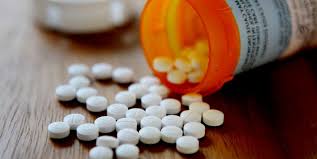
Corticosteroids are recommended only if the IVIG is not effective or there is a high risk of heart problems.
COMPLICATIONS
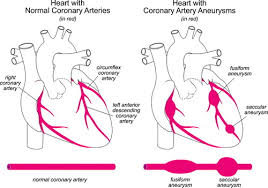
If the disease is left untreated it can cause serious complications it affects the coronary arteries causing coronary artery aneurysm. An aneurysm is the ballooning out of the damaged and weakened blood vessel wall. But treating the disease within the first 10 days of illness decreases the risk of developing aneurysms.